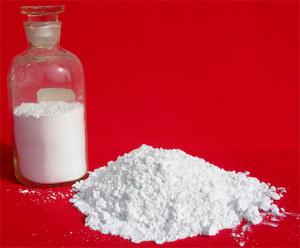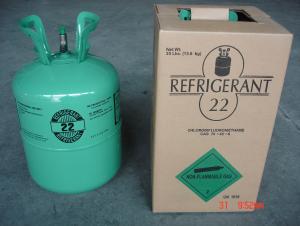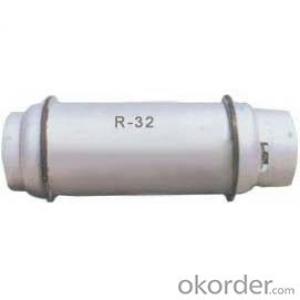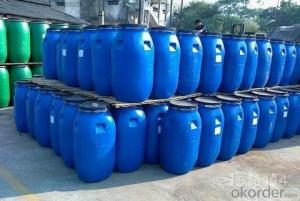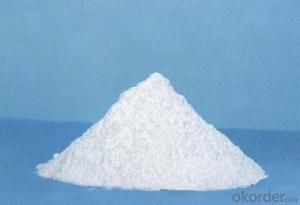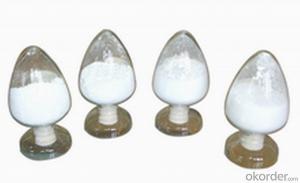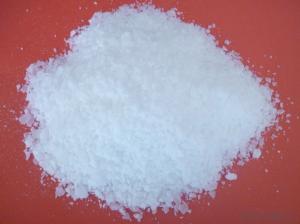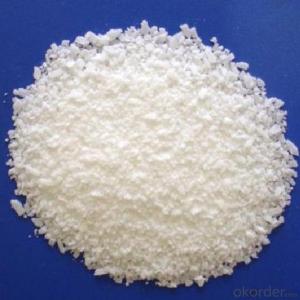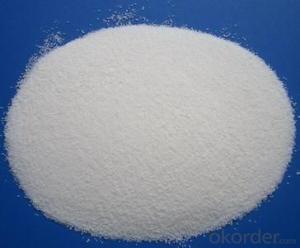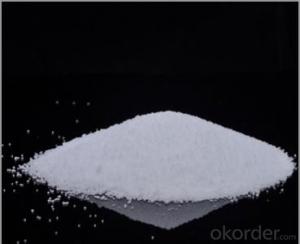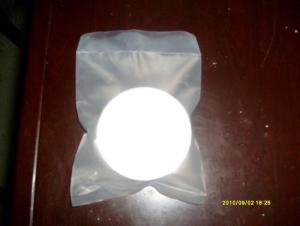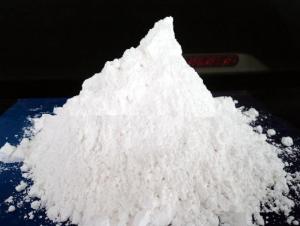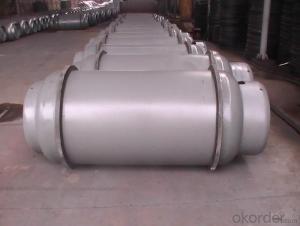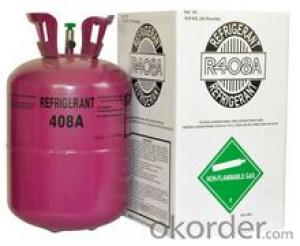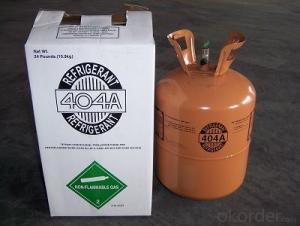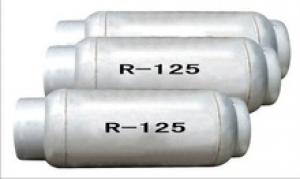Stearic Acid 1801(1660)
- Loading Port:
- Tianjin
- Payment Terms:
- TT OR LC
- Min Order Qty:
- -
- Supply Capability:
- 8000MT/month m.t./month
OKorder Service Pledge
OKorder Financial Service
You Might Also Like
Stearic acid
Formula: C18H36O2
Structural Formula:CH3(CH2)16COOH
Product Description:
Shaped like Lump, flake; Saturated fatty acid mainly with C16 and C18, white flake solid at ambient temperature, not dissolved in water, slightly dissolved in benzene and carbon bisulfide, and easily dissolved in hot alcohol. No smell no poison. It has the general chemical properties of organic carboxylic acid.
Physicochemical Properties:
pure product is white with a shiny soft small pieces, melting point 69.6 degrees, the boiling point of 376.1 degrees. Relative density 0.9408, refractive index 1.4299, slowly volatile in the 90-100 degrees. Slightly soluble in cold water, soluble in alcohol, acetone, soluble in benzene, chloroform, ethyl ether, carbon tetrachloride, carbon disulfide, toluene and so on.
Specification:
Item | Index | |||||
Grade No. | 1842 | 1838 | 1820 | 1860 | 1870 | 1880 |
Iodine value gI2/100g ≤ | ≤5.0 | ≤5.0 | ≤5.0 | ≤6.0 | ≤7.0 | ≤8.0 |
Saponification value mgKOH/g | 206~211 | 206-213 | 214-216 | 193-220 | 193-220 | 192-218 |
Acid value mgKOH/g | 208~210 | 210~211.5 | 214-225 | 182-218 | 192-218 | 193-220 |
Chroma (Hazen) ≤ | ≤60 | ≤80 | ≤100 | 200-400 | ≤150 | 400 |
Freezing point °C | 54~57 | 54~57 | 55~57 | 54 | 52 | 52 |
Moisture % ≤ | ≤0.2 | ≤0.2 | ≤0.2 | ≤0.3 | ≤0.3 | ≤0.3 |
Inorganic acid % ≤ | 0.001 | 0.001 | 0.001 | 0.001 | 0.001 | 0.001 |
Suggest Uses:
Mainly for the production of stearic acid salts: Widely used system for cosmetics, plastic cold-resistant plasticizer, release agent, stabilizer, surfactants, rubber vulcanization accelerator, waterproof agent, polishing agent, metal soap, metal mineral flotation agent, softeners, pharmaceuticals, and other organic chemicals.
In addition, oil-soluble pigments can be used as solvents, crayons transfer slip agent, waxed paper lighting agent, stearic acid glyceride emulsifier, etc..
Packing :25/50kg in PP bag ,25MT/20GP
Product Storage:
in dry warehouse ventilation should be more than 10mm from the ground to avoid damp products in the above-mentioned conditions, from the date of delivery for one year shelf life.
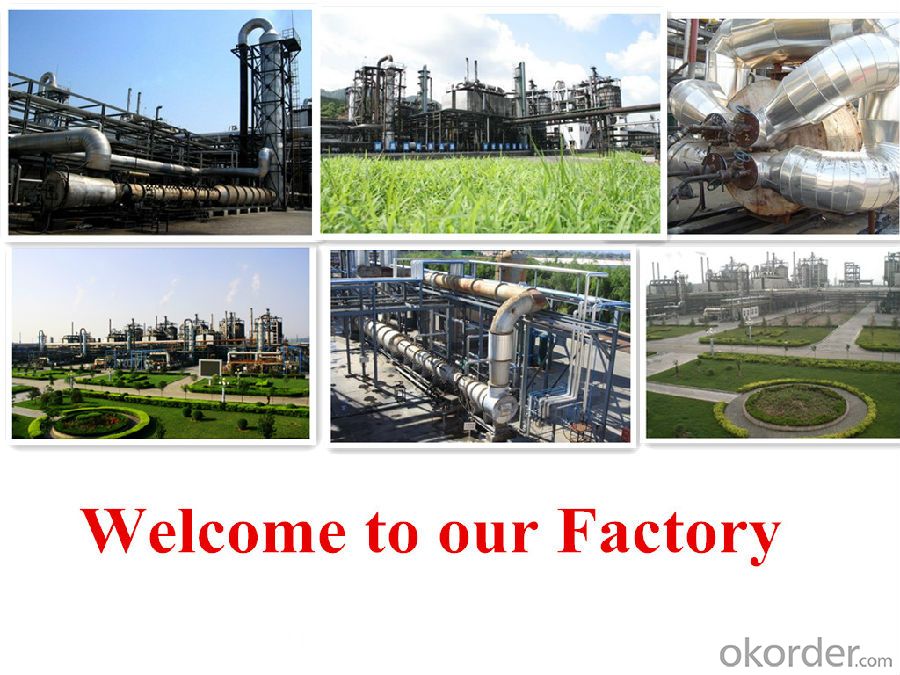
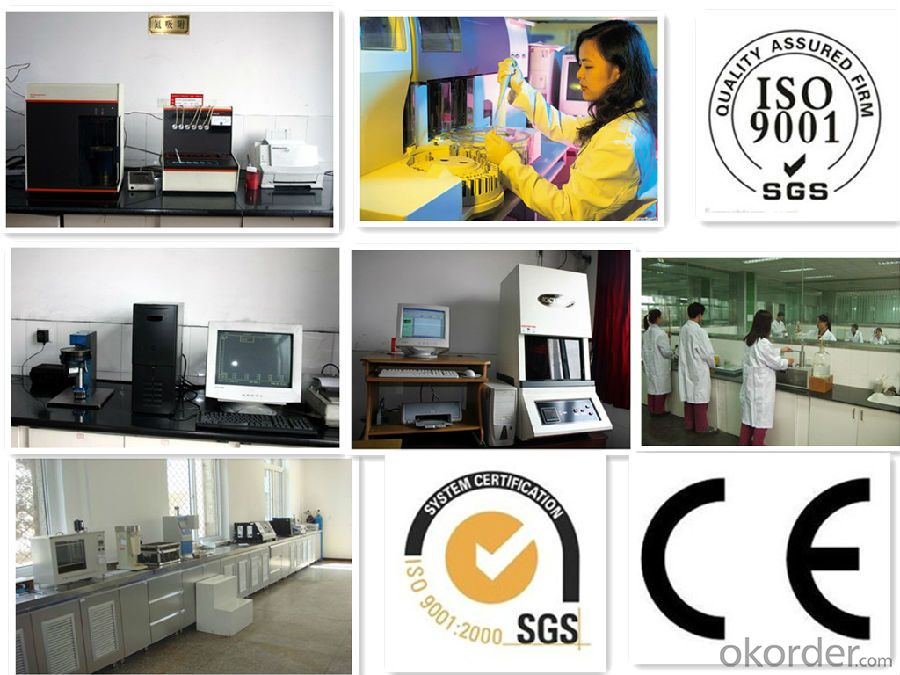
- Q: Why does toluene not belong to the derivatives of hydrocarbons?
- Hydrocarbon: sound tīng, is composed of two elements of carbon and hydrogen organic compounds known as hydrocarbons, also known as hydrocarbons. It reacts with chlorine, bromine, oxygen and other hydrocarbons to produce derivatives of hydrocarbons. Such as methane and chlorine in the light conditions of reaction to produce methyl chloride, dichloromethane, chloroform and chloroform (carbon tetrachloride) and other derivatives. The concept of derivatives is hydrocarbon and chlorine, bromine, oxygen and other reaction products. While toluene is not methyl and benzene, she is a whole noun is aromatic. Also known as aromatic hydrocarbons. Generally have one or more six-ring (benzene ring) with a special structure. The simplest aromatic hydrocarbons are benzene, toluene, xylene. There is also naphthenes. As the name suggests it is a ring structure. The most common is the five carbon atoms or six carbon atoms of the ring, the former called cyclopentane, which is called cyclohexane. The molecular formula of the cycloalkane is of the formula CnH2n. Cycloalkane is also called cycloalkane hydrocarbons. And alkanes. Is a carbon atom between the single bond phase chain hydrocarbon. Since the number of atoms that make up the hydrocarbon and hydrogen is different, the result is that the petroleum contains hydrocarbon molecules with large and small differences. Alkanes are named according to the carbon atoms and numbers contained in the molecule, and the number of carbon atoms is less than 10, from 1 to 10, followed by a, B, C, D, E, G, Alkane to say that the number of carbon atoms in more than 11, with the number that thank you to adopt
- Q: Identification of Derivatives of Chemical Hydrocarbons in High School
- Derivatives have gone, and give a specific range Well
- Q: Will AsH3 (arsenic trioxide) is organic or inorganic
- Organic matter refers to carbon-containing compounds, or hydrocarbons and their derivatives are collectively referred to as organic compounds.
- Q: Does Organic Chemistry Study the Performance of Hydrocarbons and Their Derivatives?
- Also study the structure and transformation
- Q: How to do it? Solve Inorganic Chemistry
- Inorganic chemistry is one of the earliest disciplines in the development of chemical science. It undertakes a major task of studying the composition, structure, properties and reactions of all elements and elements (except hydrocarbons and derivatives). The current development of inorganic chemistry has two distinct trends, that is, in the breadth of the broadening and depth of the advance. It is the three pillars of modern civilization
- Q: What is the intermediate in organic chemistry?
- The reaction intermediate (or intermediate) is the intermediate product in the chemical reaction. Generally unstable, difficult to separate. It needs to be distinguished from the transition state: the reaction potential map shows all the reaction intermediates except for the reactants and the product; the transition state is all the highest point of the reaction curve.
- Q: Organic chemistry, carboxylic acid derivatives are not acid?
- Your premise is in organic chemistry, the corresponding is the organic carboxylic acid. The most common derivatives of organic carboxylic acids are esters, acid chlorides, amides, and carboxylates. They are no longer part of the carboxylic acid because the dissociable protons that characterize the glycolic acid have been replaced by other groups and no longer have acid properties.
- Q: How to distinguish between inorganic chemicals and organic chemicals
- Organic chemicals is probably the organic, organic concept you can see Encyclopedia details
- Q: Why can organic matter be unique in chemical substances? What is the nature of the C atom?
- Organic this historical term, can be choked to the 19th century, when the students that organic compounds can only be biological (life-force, vis vitalis) synthesis. This theory is based on organic matter and "inorganic" the basic difference, organic matter can not be non-vitality synthesis. But later this theory was overthrown, the German chemist Friedrich W?hler to cyanide and ammonia synthesis of urea (inorganic synthesis of organic matter). In general, organic compounds are defined as compounds with hydrogen bonds and inorganic compounds are not. Therefore, carbonic acid (H2CO3), carbon dioxide is an inorganic compound, but formic acid (also known as formic acid) (HCOOH, the first fatty acid) is an organic compound.
- Q: Junior high school chemistry knowledge, please explain what is organic compounds, inorganic compounds.
- Organic matter is an abbreviation for organic compounds. At present, human beings know more than 900 million kinds of organic matter, the number is far more than inorganic.
Send your message to us
Stearic Acid 1801(1660)
- Loading Port:
- Tianjin
- Payment Terms:
- TT OR LC
- Min Order Qty:
- -
- Supply Capability:
- 8000MT/month m.t./month
OKorder Service Pledge
OKorder Financial Service
Similar products
Hot products
Hot Searches
Related keywords





